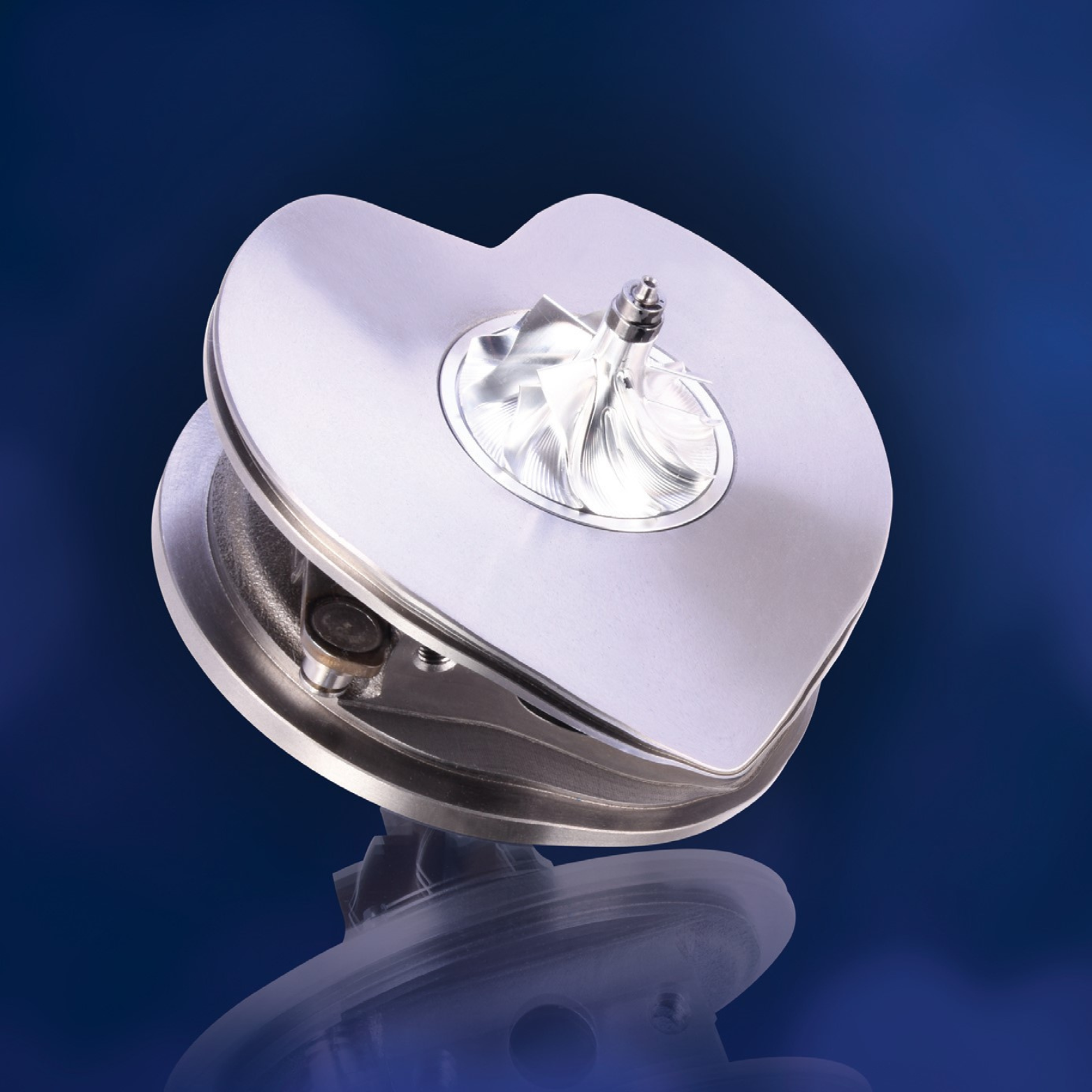We’re reminding technicians of top tips on how to ensure their turbo story has a fairy tale ending this Valentine’s Day. As manufacturers build smaller engines but look to maintain performance with higher power delivery, turbochargers have become essential across the market, especially as emissions requirements become more stringent.
Because of this, more turbo-related issues are arriving with technicians, and our product manager Tom Wright has several top tips for best practice to ensure technicians’ close encounters with turbochargers go without a hitch this coming Valentine’s.
“As over 90 percent of turbocharger failures are consequential of other on-vehicle issues, it is essential that the root cause of the problem is identified before fitting a new turbo. This will save time down the line and will prevent any potential issues with the new turbo,” says Wright.
Oil contamination is one of the top reasons for a turbocharger failure – a number of factors can play a part here, so it is essential that the oil system is serviced correctly when fitting a turbocharger to ensure debris from the previous failure does not remain in the system. If the technician doesn’t carry out this step, the new oil can become contaminated also, causing premature turbo failure within minutes, warns Wright.
To avoid failure through insufficient lubrication or oil contamination, oil inlet pipes should be inspected, cleaned or preferably replaced to remove carbon deposits or sludge that could restrict oil flow and/or contaminate the new oil. In addition, in all installations of a turbocharger, priming the oil feed and oil systems is a must, as this will prevent the turbo from instant failure through a lack of lubrication caused by a delay in the delivery of oil.
Modifying driving style is another way to prolong the life of the turbocharger and other vehicle components. This is as simple as allowing time for the engine and turbocharger to warm up before accelerating hard and cool down before switching off. “Operation temperatures will be significantly higher if a turbo has been worked hard and therefore it needs time to cool, as shutting the engine off immediately after a spirited drive can cause the oil to carbonise within the turbo.” Wright adds.
Driving style can also impact the operation of the diesel particulate filters (DPF), which have been compulsory to fit to diesel vehicles since 2009. In turbocharged, diesel-powered vehicles, technicians should advise drivers to perform regular longer journeys to allow DPF regeneration to occur successfully. This can be achieved via a 10-15 minute journey on a motorway at mid-high revs.
A blocked DPF prevents exhaust gas passing through the exhaust system at the required rate. As a result, back pressure and exhaust gas temperatures increase within the turbine housing of the turbocharger, affecting the turbocharger in a number of ways, including problems with efficiencies, boost levels, oil leaks, carbonisation of oil within the turbo and exhaust gas leaks from the turbo. “It’s therefore important that technicians maintaining, and servicing diesel-engine cars pay attention to the condition of the DPF in the event of turbo failure to prevent premature failure of the new turbocharger,” Wright adds.
Just as with the exhaust system, any blockages, restrictions, leaks or contaminants in the air intake system will impact the turbochargers performance and could lead to failure. Wright recommends replacing the air filter on an annual basis to help minimise dirty air passing through the turbo. Contaminated air with pollutants, dust and debris can lead to poor performance and foreign object damage to the compressor. Blocked or restricted filters can lead to incorrect pressures in the compressor housing and therefore oil leaks, which can lead to failure.
At Melett, we’re renowned for producing OE quality products to help the turbo aftermarket produce the highest quality repairs. With an in-house team of highly qualified mechanical engineers, our turbochargers are subject to rigorous engineering and testing processes to ensure they match OE specifications. All our turbochargers are built, balanced and flow tested in the UK to the strictest quality standards to ensure OE performance during operation.




